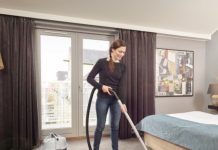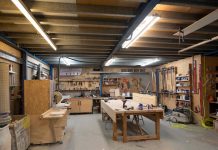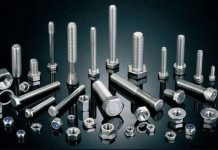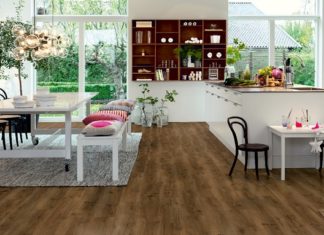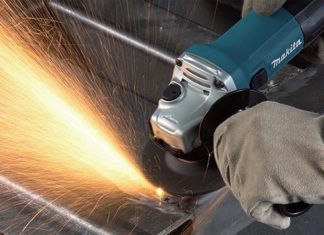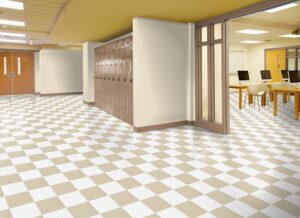
Finding the right flooring for an educational facility can be a challenge given the fact that these are high traffic areas. It’s important to pick an option that will last for years and endure thousands of steps during the day. Educational facilities can highly benefit from hard, durable and easy to maintain flooring solutions that can be easily replaced in case certain areas get damaged faster.
Types
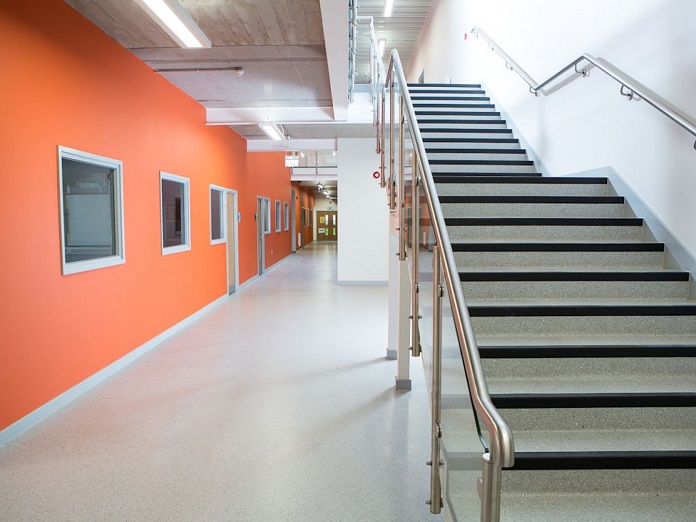
When it comes to the types of flooring education facilities can benefit from, a couple of options tie for the best solution.
Silentflor
Тhis is the perfect mix of contemporary and decorative design with excellent acoustics. The Silentflor range was created from experts for various commercial interiors. If you’re looking for the best school floors, this one is a great choice. It’s robust and designed to achieve 19dB impact sound reduction. Silentfloor is 100% recyclable and has an NF UPEC A+ certification. Its 3.7 mm Gauge, 0.65mm wear layer and 2m x 20m roll size makes it perfect for heavy traffic areas.
Polyclad Plus PU
This is a strong, durable and flexible vinyl ceiling and wall cladding. It is protected with a polyurethane surface treatment. Polyclad Plus PU has a reaction to Fire EN 13501-1 B-s3-d0 classification. Its soft pastel shades and subtle marbleised decoration makes it ideal for any facility. It’s an especially good option for hygiene-critical and wet areas. It is specially made to meet the advanced requirements of facilities with high traffic. Ideally, it’s designed for corridors, operating theatres, washrooms and hospitals. It has 2mm Gauge, 2m x 20m roll size and 6 shades.
Noppe Stud
This type has a unique synthetic rubber flooring formulation. It has a superb product design and colour development. You can pick from 12 timeless colours. This option provides top quality resilience and comfort underfoot, and it has a high-grade synthetic rubber that doesn’t make noises. It’s an excellent choice for commercial places with high traffic like hospitals, department stores and educational establishments.
Important Factors to Consider When Buying
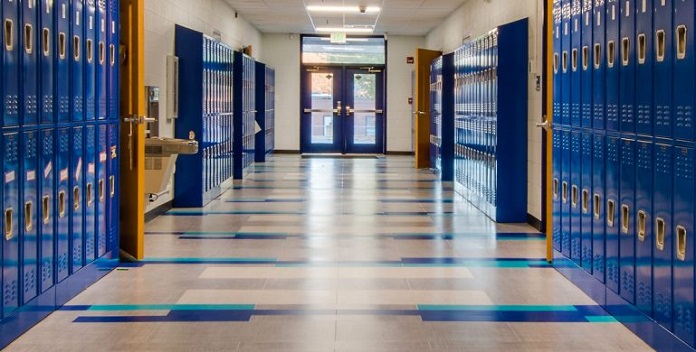
Durability
No matter which flooring type you choose for your school facilities, make sure it is backed with a long warranty. The flooring should be strong and durable enough to withstand thousands of steps in a day, running, jumping and similar. Plus, it should remain in great condition years after you have installed it. Make sure the option you go for enables replacing certain damaged parts so that you can keep it in optimal condition in case the flooring in a certain area wears out faster.
Installation
It’s always best to leave the flooring installation in the hands of experienced professionals. The installation process can greatly impact the overall durability and cost of the floor. No matter whether it’s soft or hard, most flooring solutions require pattern matching or directional installation.
Modular, and especially non-directional, products can be installed faster. Modular flooring systems require less glue to stay on the floor and save you time and money. The floor doesn’t need to be prepared, no drying is needed and there won’t be any glue smell. If you decide to replace certain damaged parts, this can be easily handled without problems. There is no point in installing modular flooring education facilities if it can’t be easily replaced.
Maintenance
There are several things to consider when it comes to flooring maintenance. Which cleaning supplies and equipment will you need? Will the maintenance and cleaning costs exceed the costs for the flooring installation? Hard and soft surfaces have different maintenance requirements.
Soft flooring, such as carpets, generally require daily vacuuming and spot cleaning with recurrent restorative cleaning. LVT and similar floors can be maintained with sweeping and damp mopping. Education facilities flooring should be easy to clean and maintain, so make sure to opt for a solution that meets these criteria.
Acoustics
You know how noisy schools can be. Sound distractions in classrooms can affect the concentration of students and teachers. This is why school flooring should have proper acoustics. Soft surfaces, such as carpets, are great at absorbing sounds, but they aren’t the best option for high traffic areas as they’re more difficult to maintain.
Schools should have quiet flooring that doesn’t make any disturbing sounds. Consider how individual spaces will be used – this will help you determine the acoustic level you need to choose. The floor you decide to put in the hallway (a high traffic area) can’t and shouldn’t be the same as the flooring that you pick for classrooms or administrative offices.

